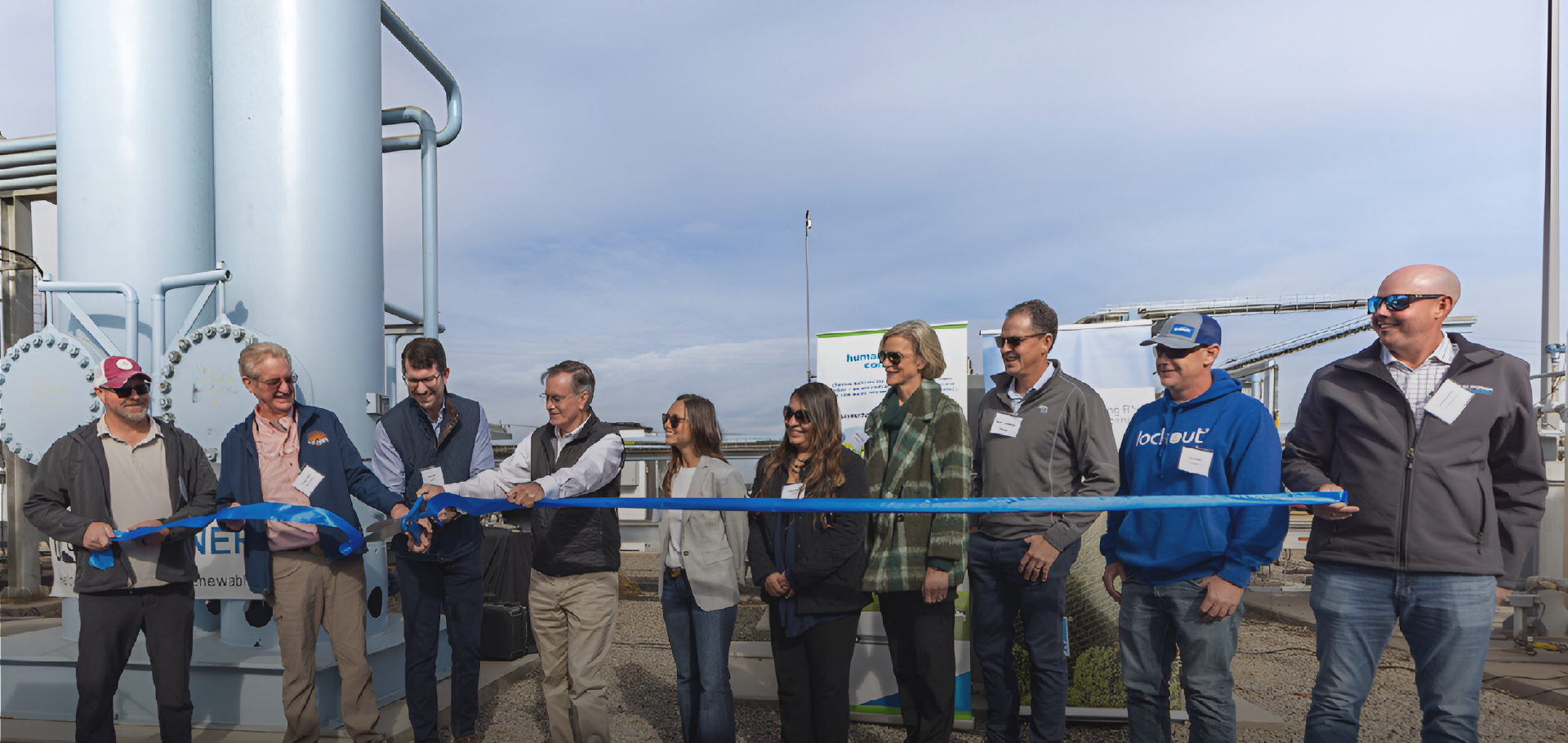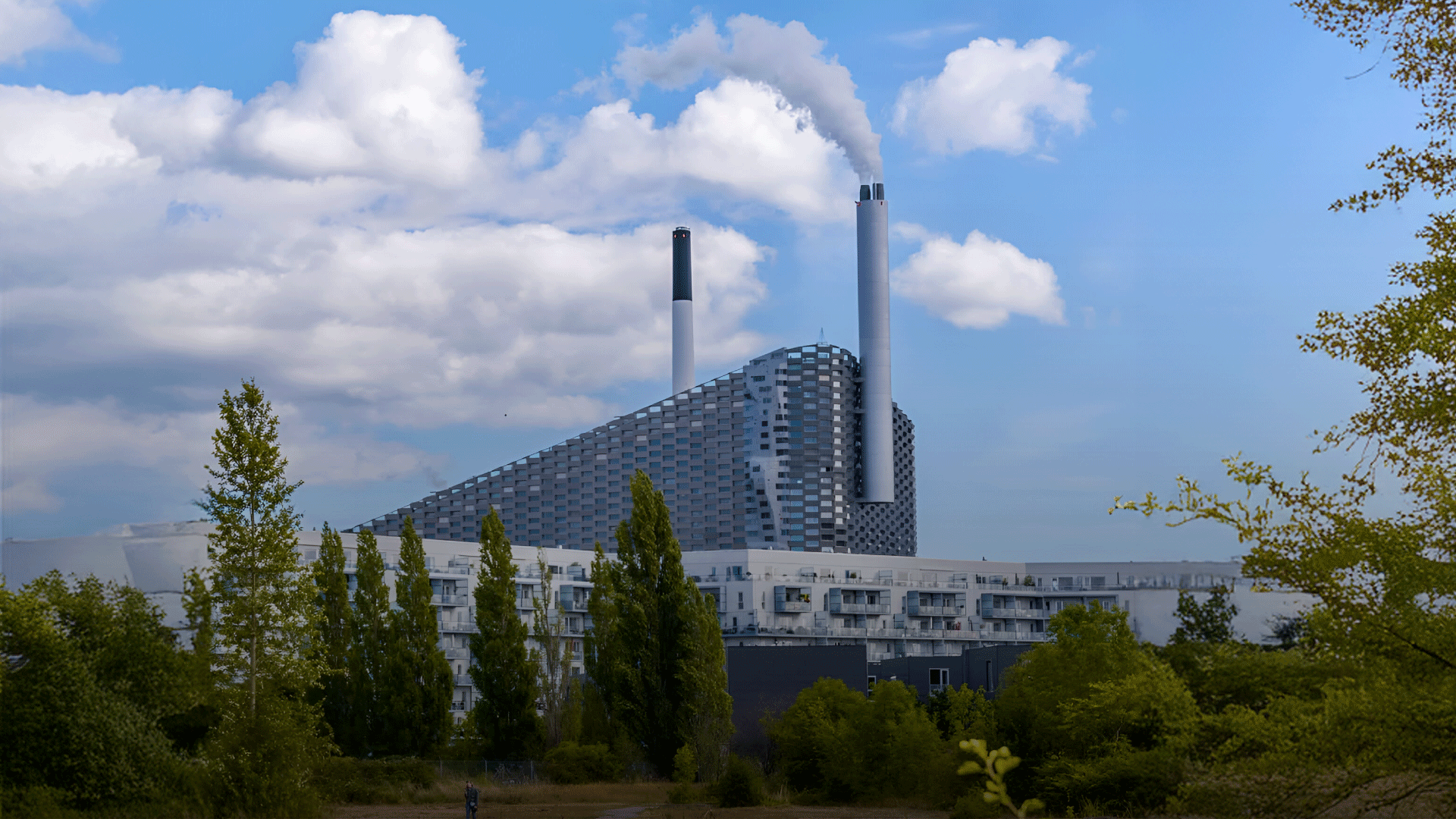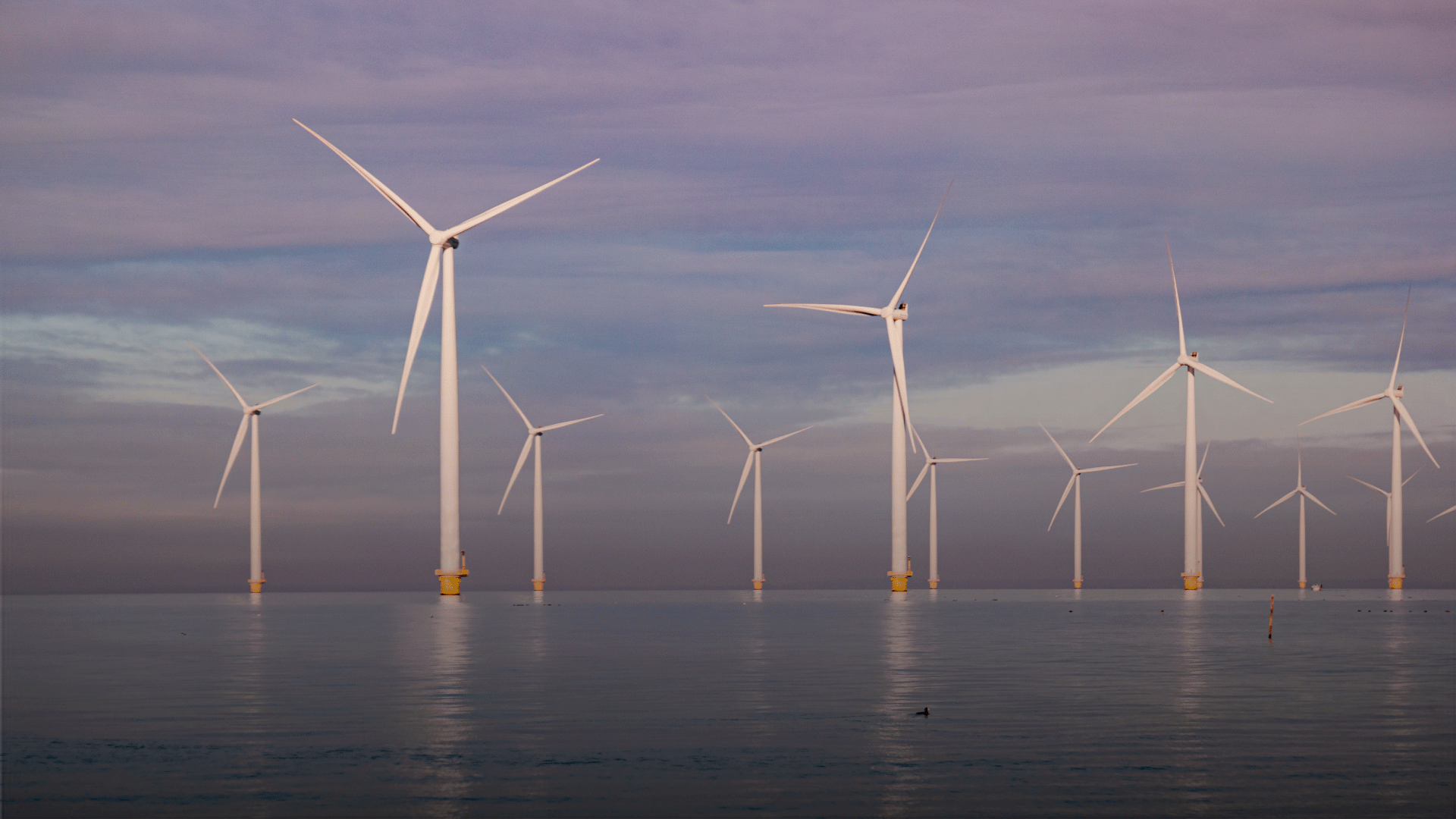CalBioGas Hilmar LLC, a joint venture between Chevron USA. Inc., a subsidiary of Chevron Corporation, and California Bioenergy LLC (CalBio), has completed the central processing facility for its dairy biomethane project in Merced County, California. This facility converts methane from dairy manure into RNG, supporting California’s carbon reduction goals and aiding local dairy farmers.
Also read: Chevron and MOL Partner to Equip First LNG Carrier with Wind Challenger Technology
Turning Waste into Renewable Energy
The project utilizes anaerobic digesters on local dairy farms to capture methane from manure. It sends the captured methane to a new processing facility, where it converts into RNG. The project injects clean gas into the Pacific Gas and Electric Company (PG&E) pipeline, providing an alternative fuel for transportation.
Nuray Elci, Vice President of Renewables for Chevron, said, “We are proud of the progress we have made on these projects alongside our partner CalBio as we continue to provide lower carbon intensity fuels to the California market.”
He added, “This partnership allows us to complement the strength of our traditional business to provide a broader suite of solutions to our customers.”
Also read: Chevron Maximizes Oil and Gas Recovery with Deepwater Gulf Projects
Methane Reduction and Climate Impact
The RNG produced through this partnership is classified as carbon negative on a lifecycle basis under California’s Low Carbon Fuel Standard (LCFS). The project will reduce 95,000 metric tons of CO2e annually, significantly advancing California’s climate objectives and emission reduction efforts.
Ross Buckenham, CEO of CalBio, highlighted the collaboration’s role in helping the state achieve its methane reduction goals. He said, “By working together to reduce methane emissions from dairies, we’re not only helping the state achieve its methane reduction goals, but also making a positive impact on our communities,”
The CalBioGas Hilmar facility was completed with support from several key partners, including 4Creeks Design, PG&E, and local dairy farmers. Additionally, the project received funding through a California Department of Food and Agriculture grant supplemented with additional capital.




